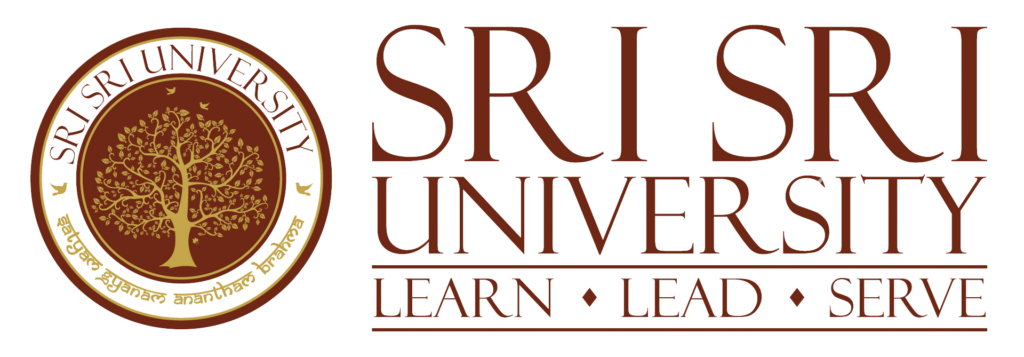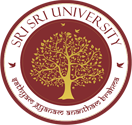Course HIGHLIGHTS
- INTRODUCTION
- COURSE DETAILS
- PROGRAM OUTCOME
- Curriculum
The Bachelor of Fine Arts Programme offers students the opportunity to delve into specialized tracks in Animation, Applied Arts and Painting, enabling them to refine their craft in a vibrant and supportive environment. Our curriculum is meticulously designed to equip budding artists with the skills, knowledge, and creative prowess demanded by today’s dynamic industry landscape.
With state-of-the-art facilities and expert faculty, our programme provides students with the resources and guidance needed to thrive. Additionally, our curriculum strikes a balance between theoretical learning and hands-on practice, ensuring that students not only understand artistic principles but also have the opportunity to apply them in real-world scenarios.
By fostering a collaborative and innovative atmosphere, we empower our students to realize their artistic visions and pursue fulfilling careers in the ever-evolving realm of creativity.
Courses on offer:
- BFA Animation
- BFA Applied Arts
- BFA Painting
- The BVA students at SSU are prepared for an unpredictable and exciting field of visual communication.
- The course provides an opportunity to the students with a flair for art and innovation to specialize in Applied Arts or Painting.
- This professional degree program will enable students to become successful visual art professionals.
- After completing the course, students can seek employment at art studios, advertising firms, as well as publishing houses, and even put up one’s own art exhibition.
- The capstone initiatives taken by the department include various activities apart from teaching. Students are encouraged to adopt various interdisciplinary activities merging music, dance, fine arts, architecture, mass media, and journalism in an integrated manner that also adds value to their degrees. Both students and faculty are also encouraged to participate in various international platforms.
- To understand and appreciate cultural diversity and reflect them in their work of art
- To foster analytical and critical thinking abilities to understand Animation and VFX
- To apply knowledge of digital/analog techniques to create compelling works of Art
- Appreciate the complex artistic and technical challenges involved in media production
- To develop Leadership skills and establish oneself as an educator or a competent entrepreneur
COURSE DETAILS
COURSE FACT SHEET
10+2 examination or equivalent from any stream from a recognised board with a minimum of 50% score
ELIGIBILITY
(For ADMISSION)
08 SEMESTER
(04 YEARS FULL TIME)
INR 60,000 / $US 1800
(TUITION FEE PER SEMESTER**)
What People Say About Us

Vandana Shiva, Social Activist
Author
This is a University for the future where everyone has a right share of economic, spiritual and social well-being. am so impressed by this campus because it isn't a clone of what is being taught everywhere else. It is connecting the ancient values to the needs of the present.

Dr. Vijay, Professor
University of Hyderabad
I am quite impressed with facilities, cordial staff and highly talented faculty members here. They have very unique programs. I am qu campus infrastructure and Integrated programs they are running right now. wish them luck for the Ayurveda hospital!

Vinish Kasturia
Mathematics Professor, IIT
I found the campus quite beautiful and serene. Around here, it is a different kind of experience. It is away from hustle and bustle of city near Cuttack and Bhubaneswar. If you want to do meditation or spend some time to do some serious work like writing, thinking, contemplating, this is a wonderful place.
Ms. Anja Jessurun Director Shankara
Health And Wellness By Ayurveda Netherlands, Europe
We needed more experienced people from India. Therefore, we visited Sri Sri University. After my visit I was very impressed by the total i.e. the location. the knowledge and the atmosphere. I met 10 students and they pitched their ideas to me, which they did really well. I was really impressed by the management and the things they said which I was recollecting all my way back and which will remain with me all my life.

Mr. Sourabh Sharma Manager
Supply Chain Maruti Suzuki India Ltd
Mr. Kishan is a work dedicated guy who quickly understood what the expectations were from the project & put all efforts to achieve the same. He was punctual throughout the SIP. The most important thing is, even not being from engineering background, he grasped the project so quickly and delivered very well. This speaks of his dedication and commitment for the work.
Applications for 2023 Open

